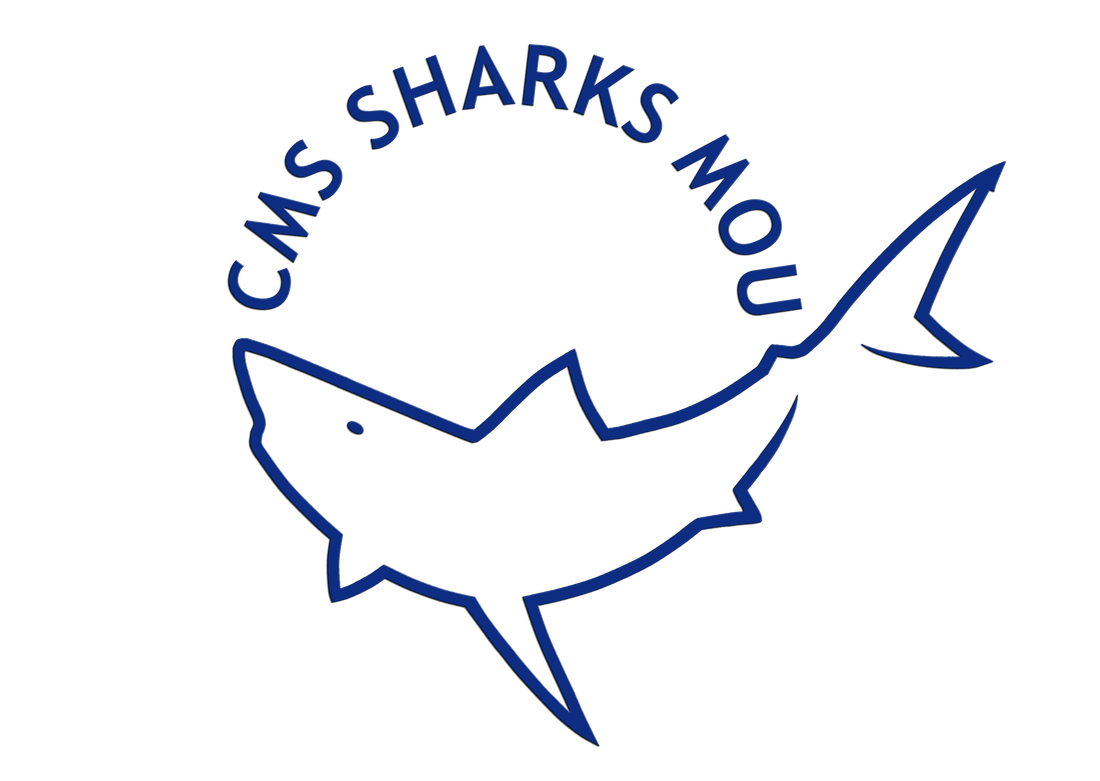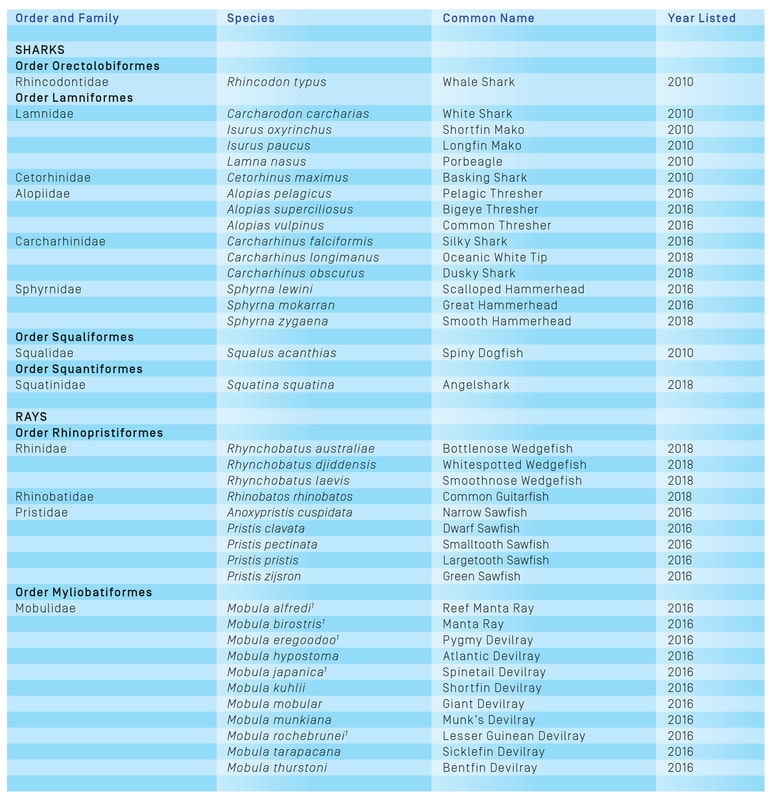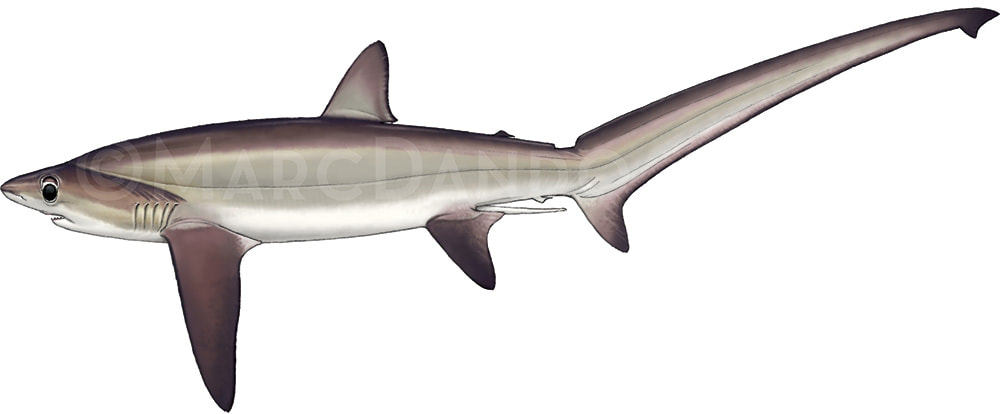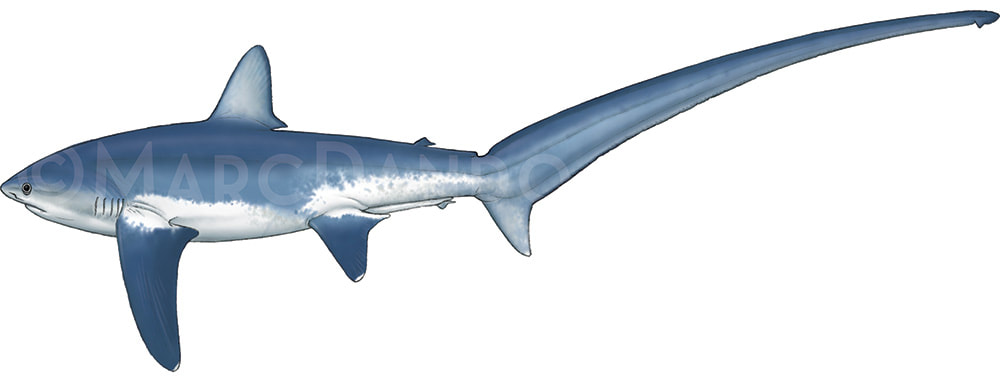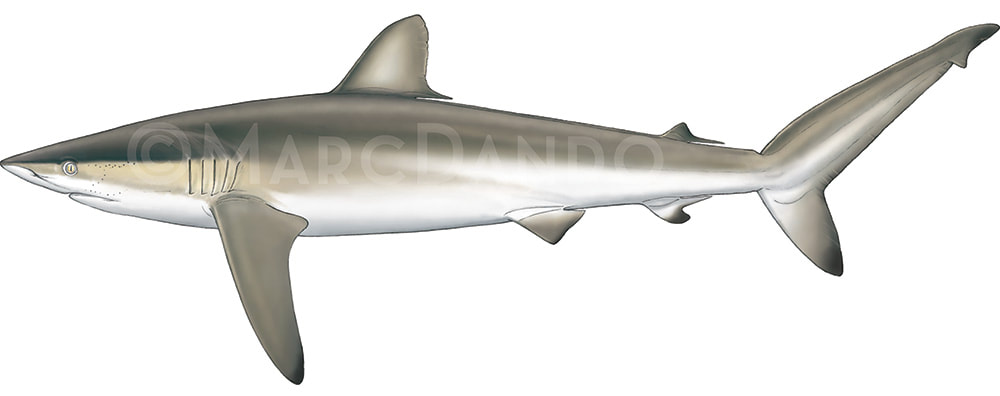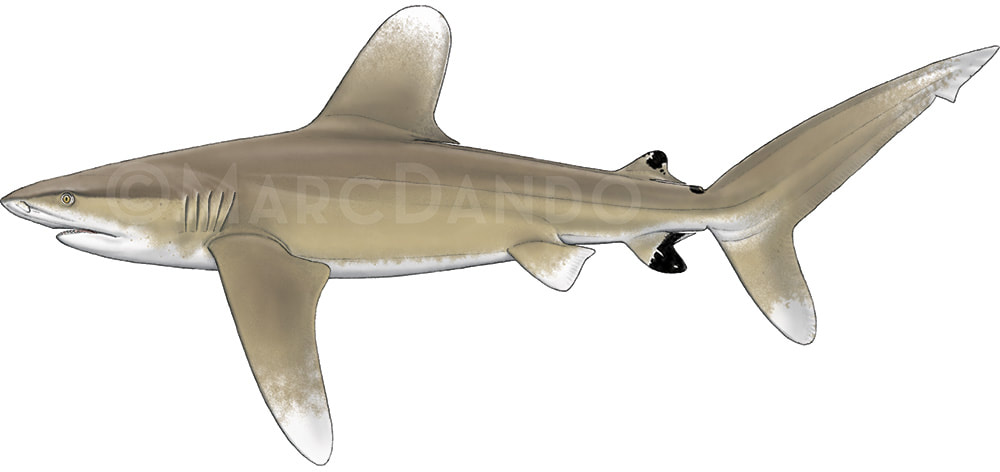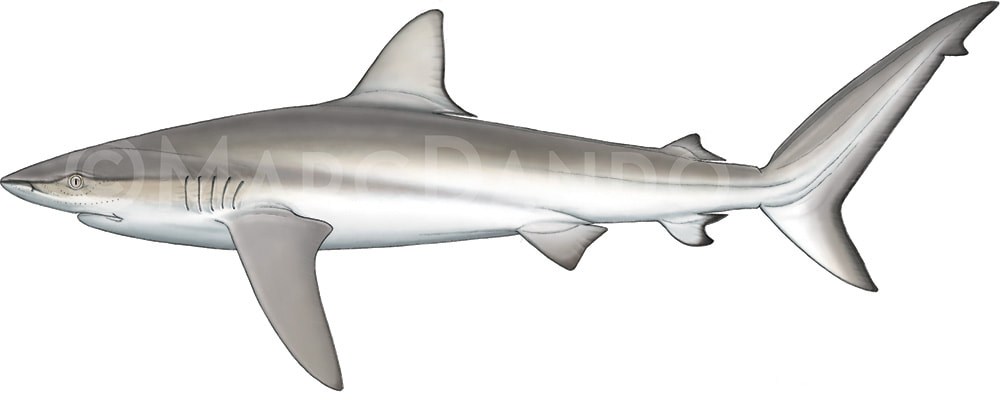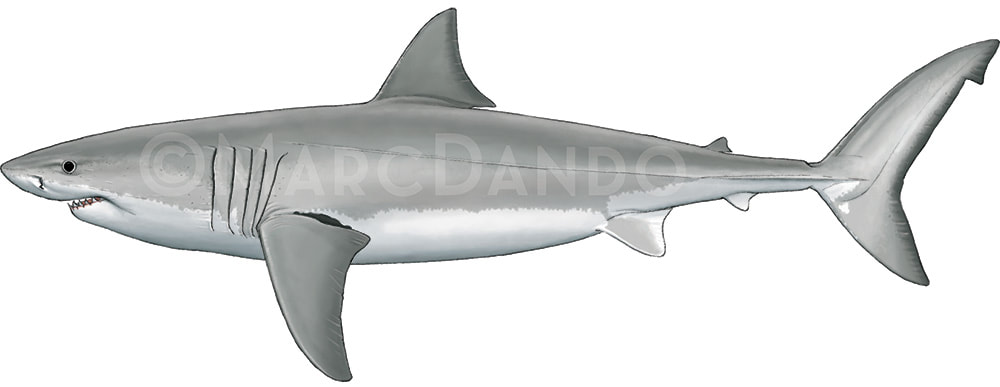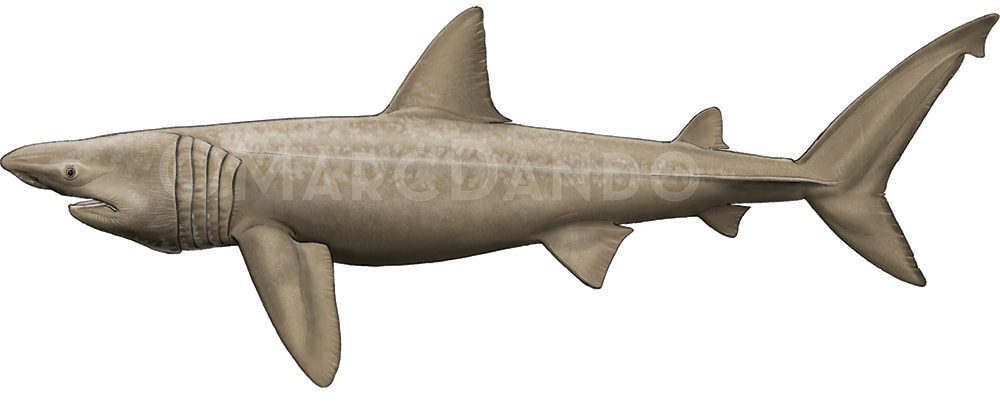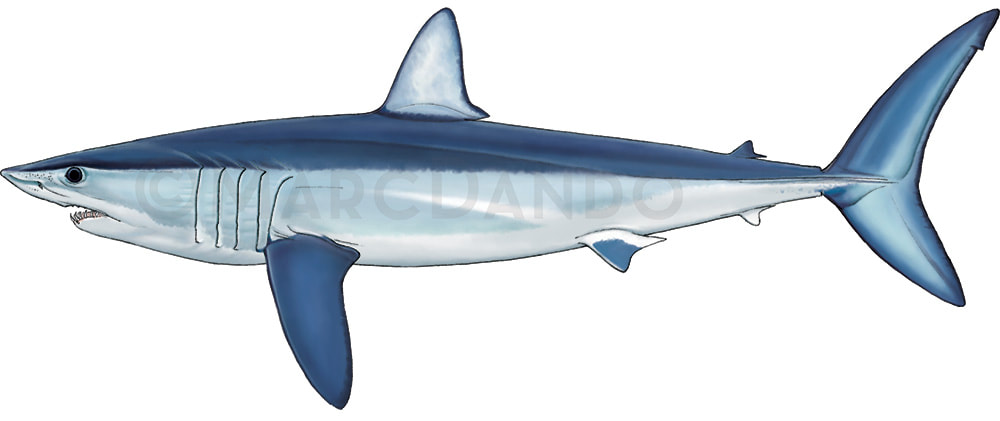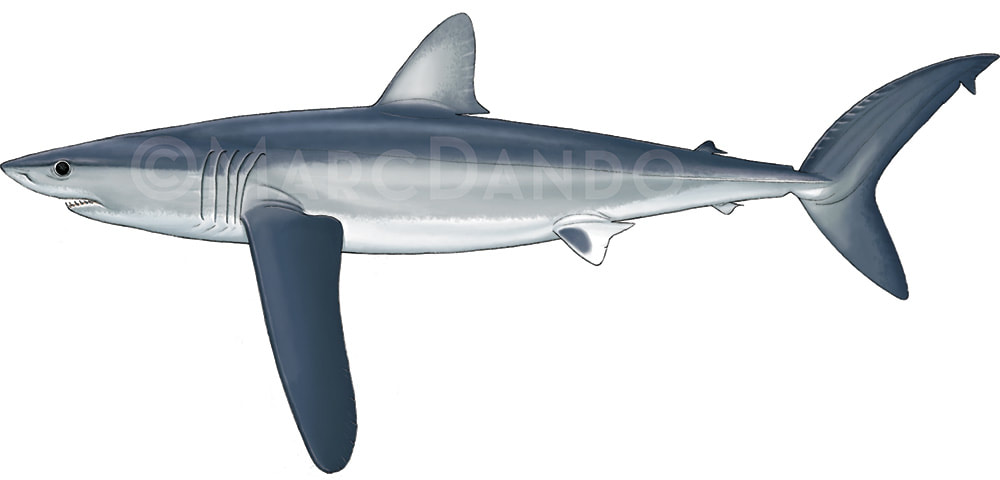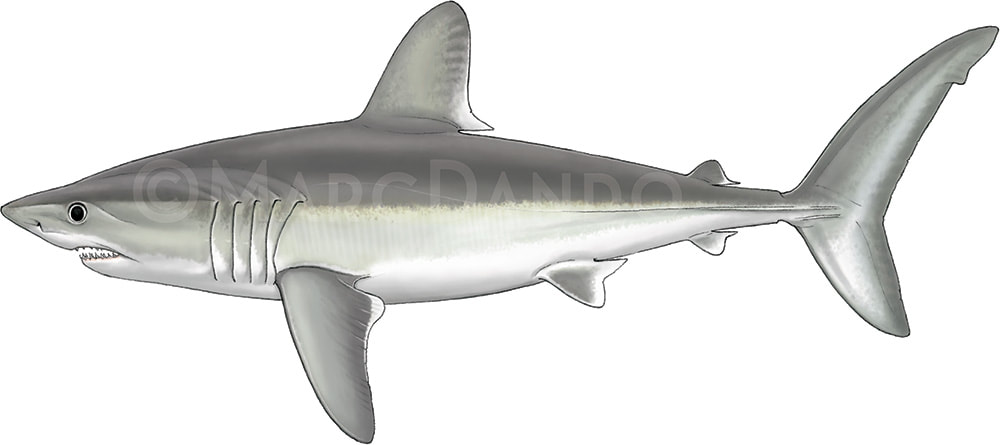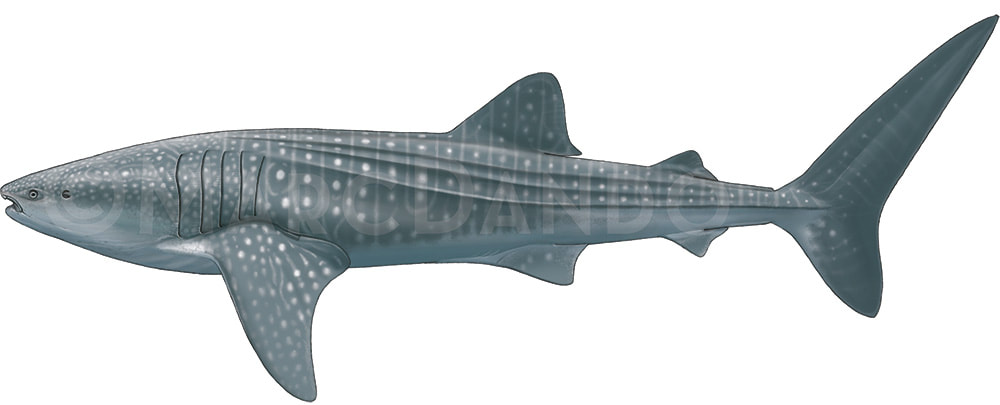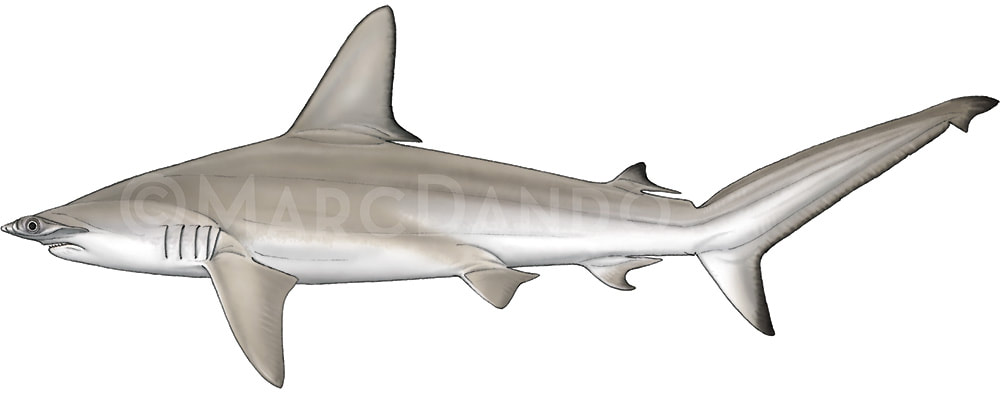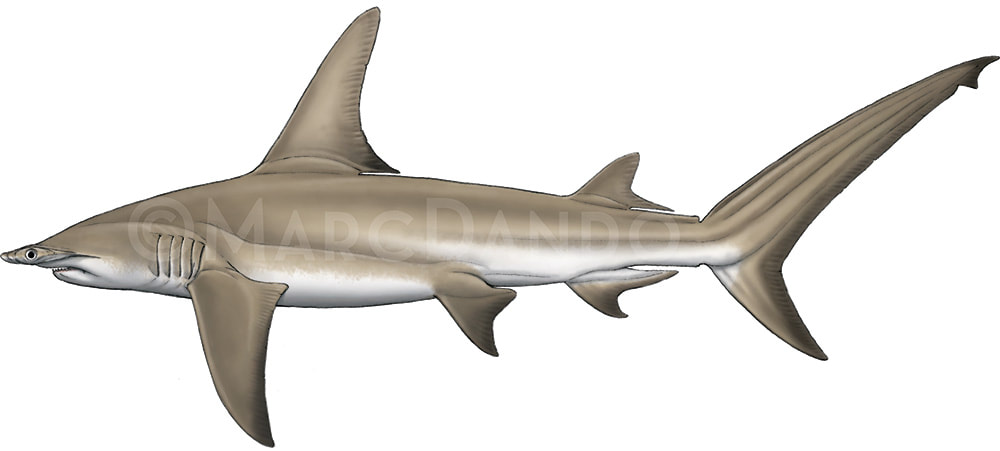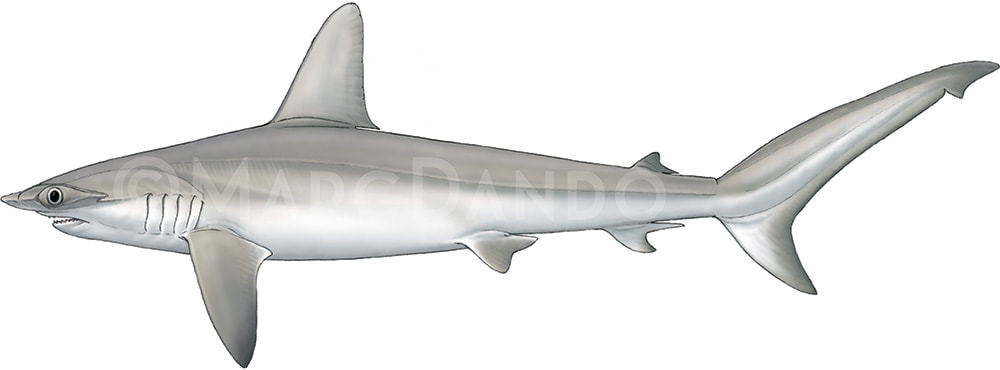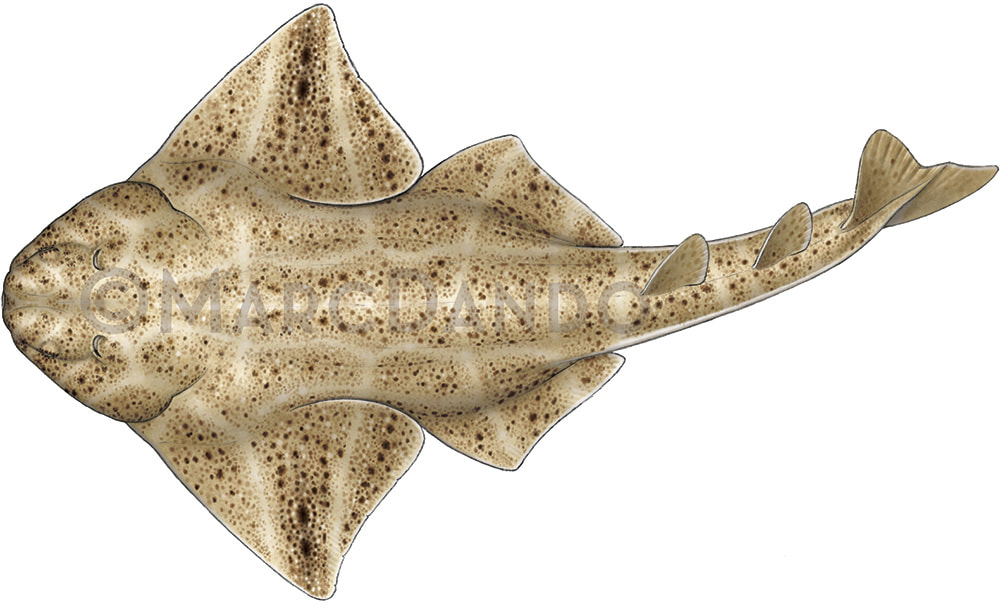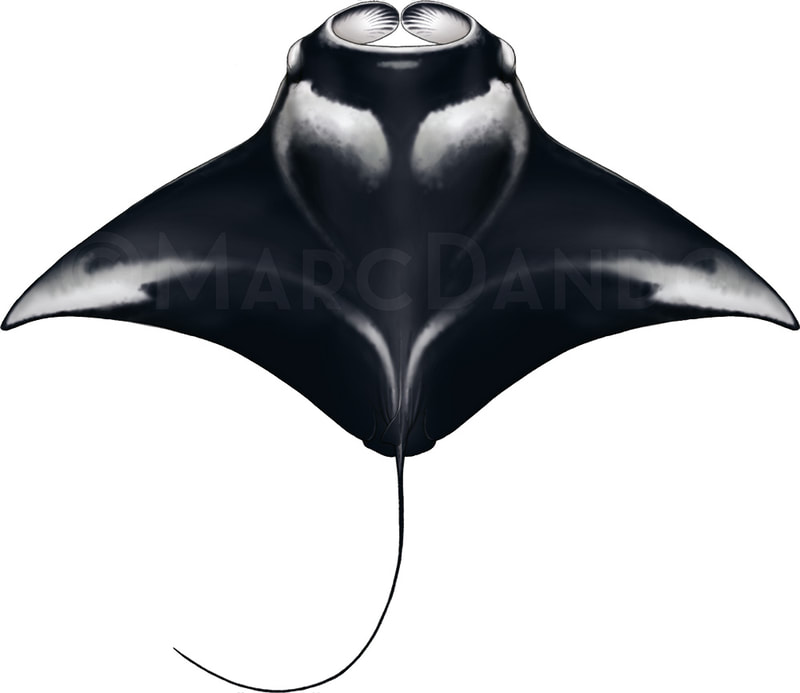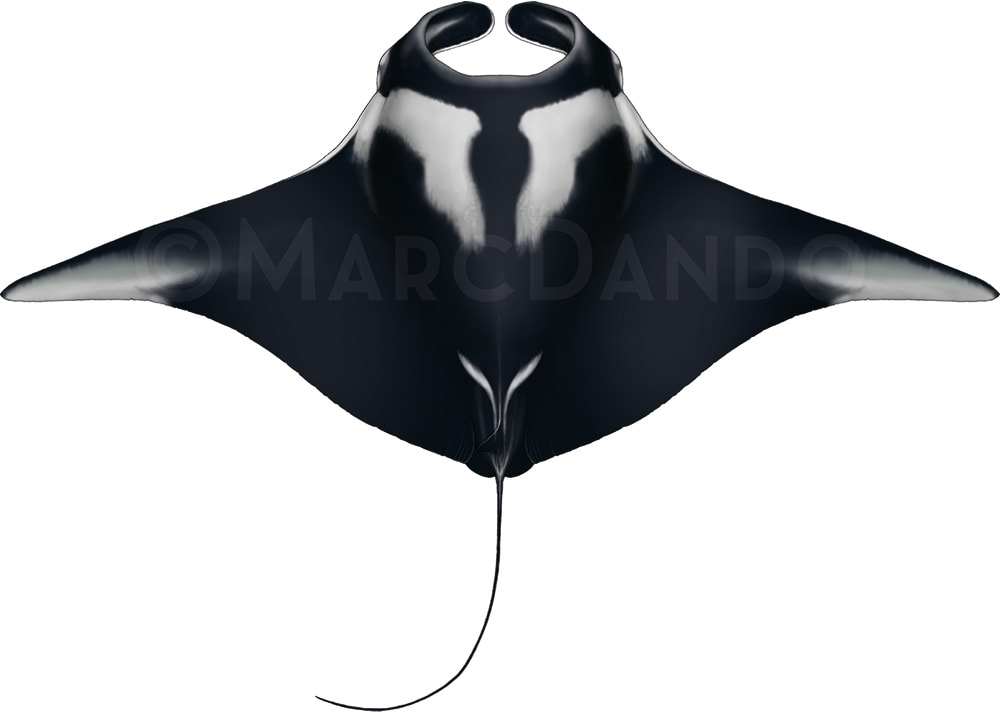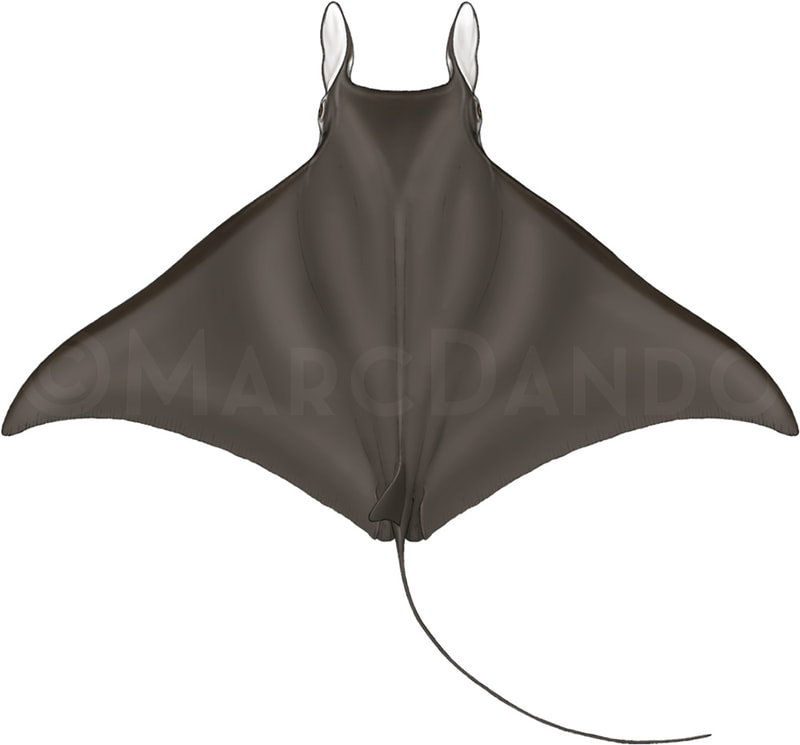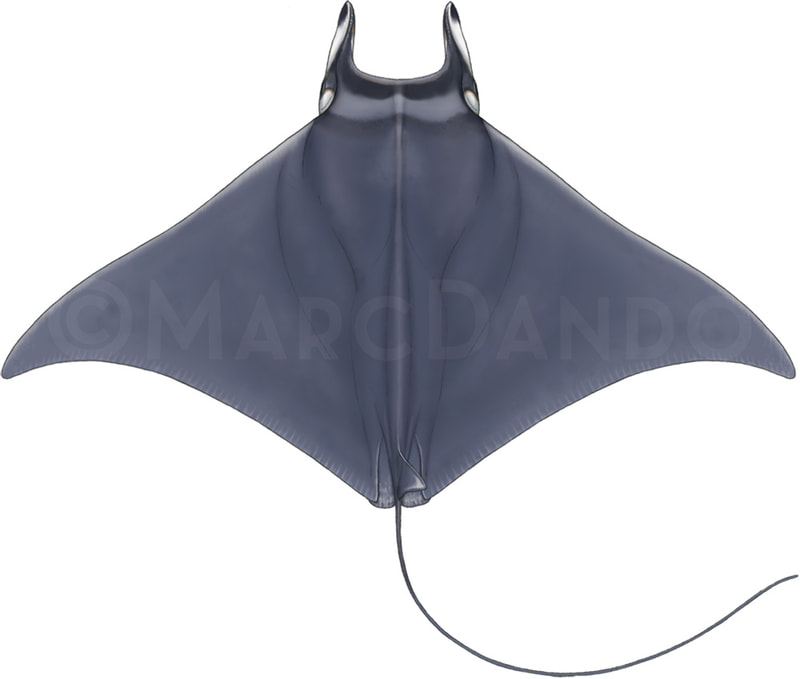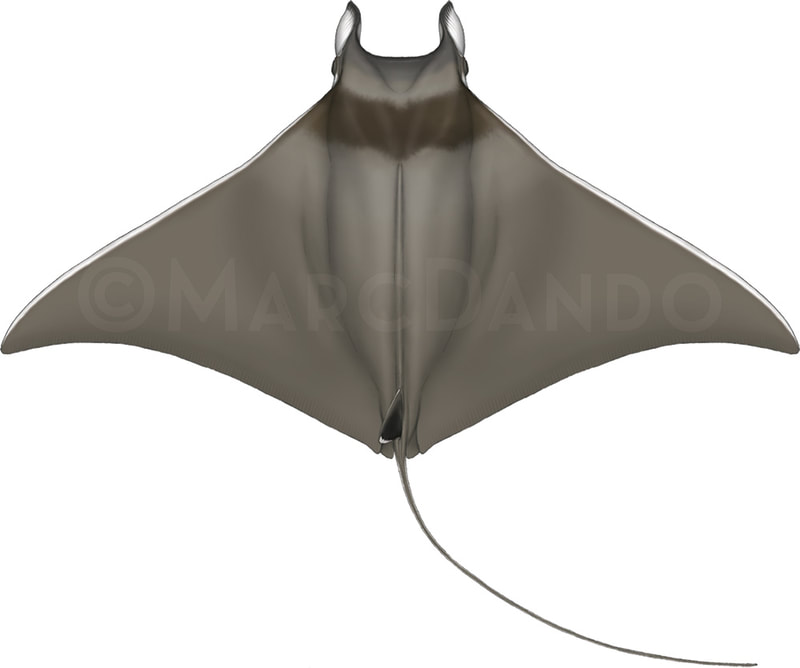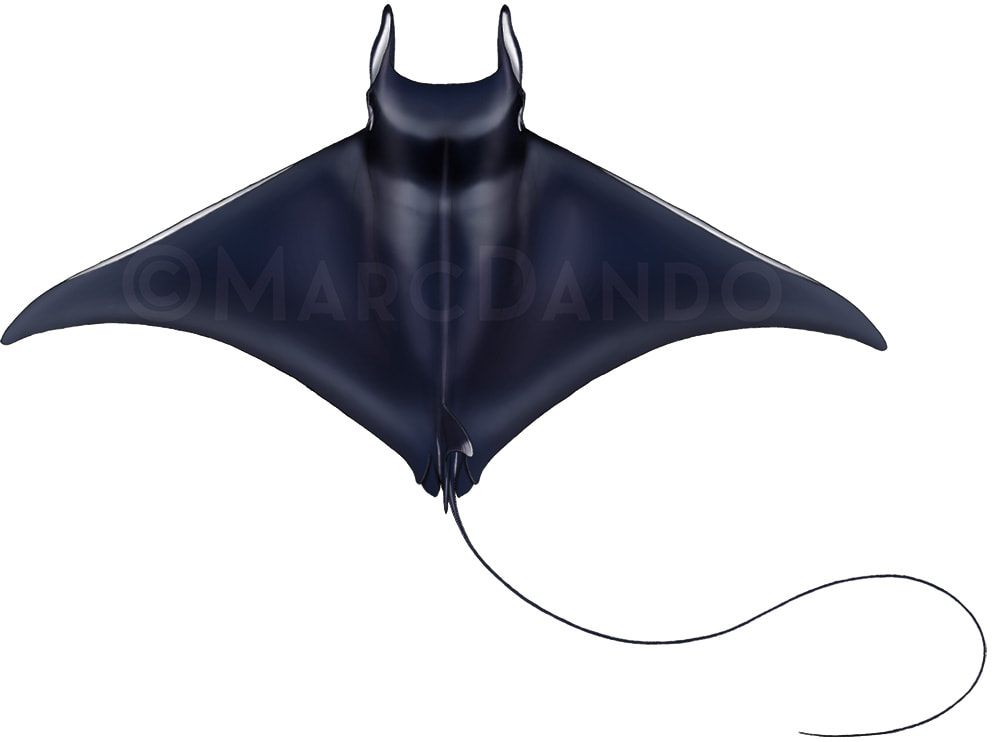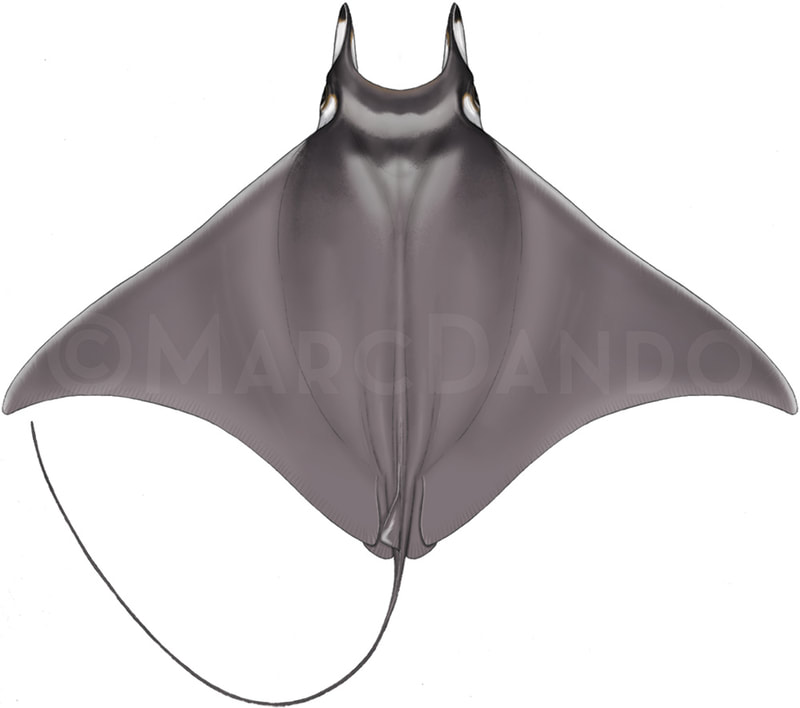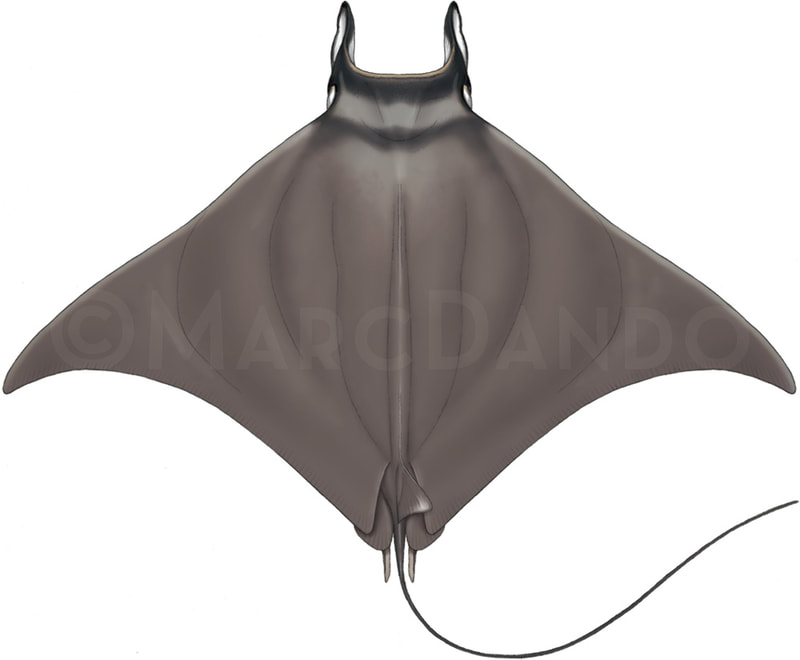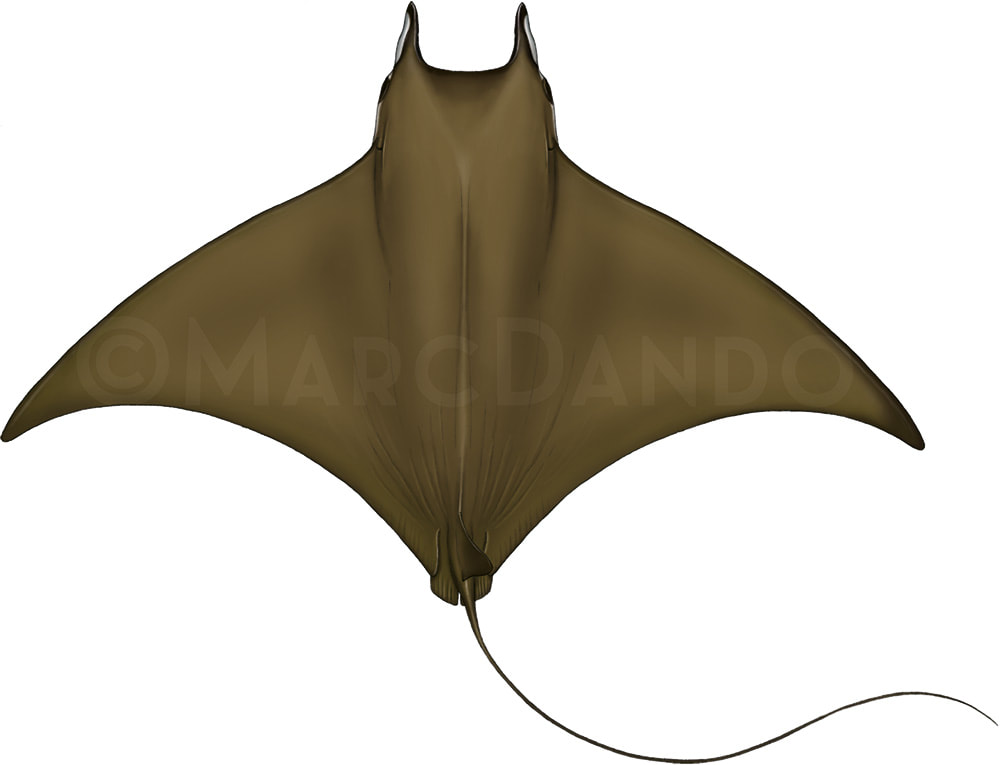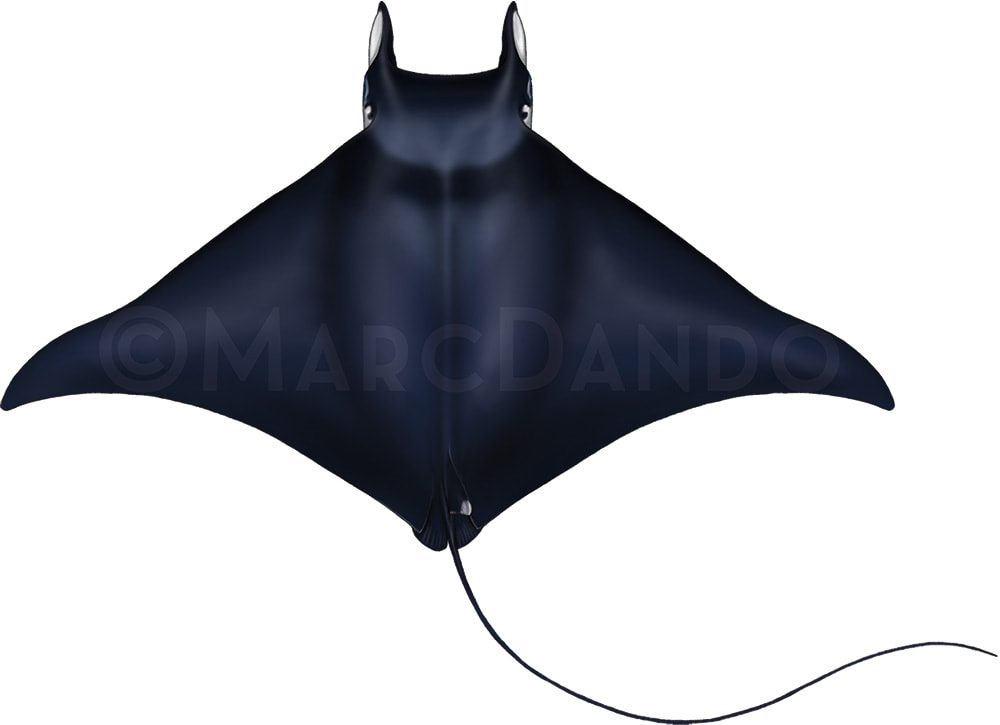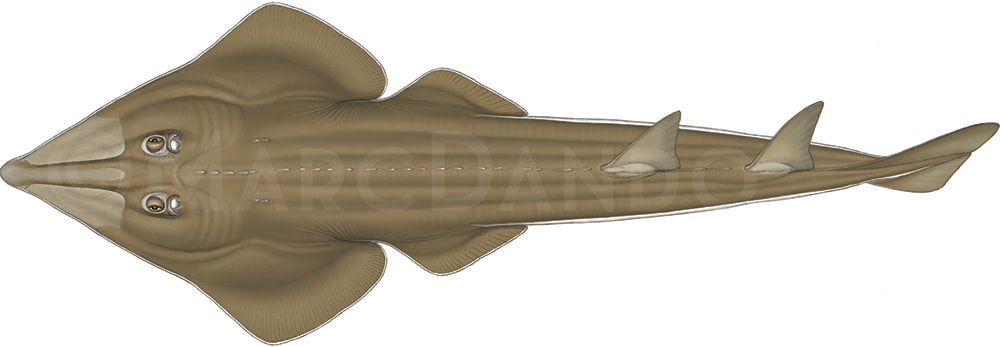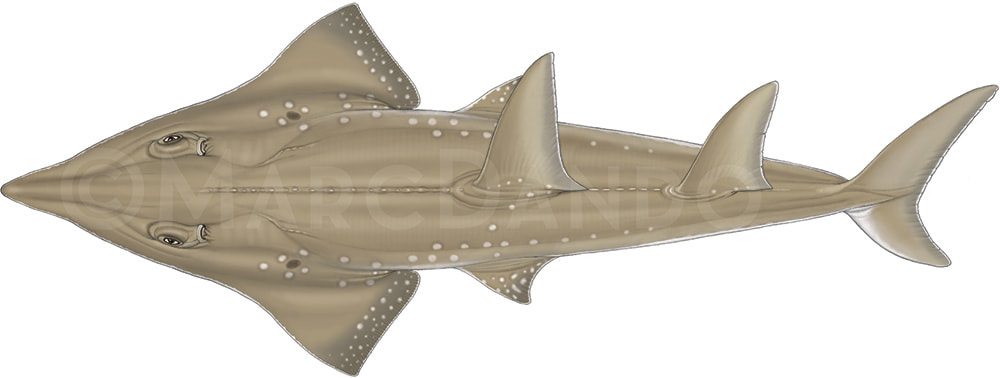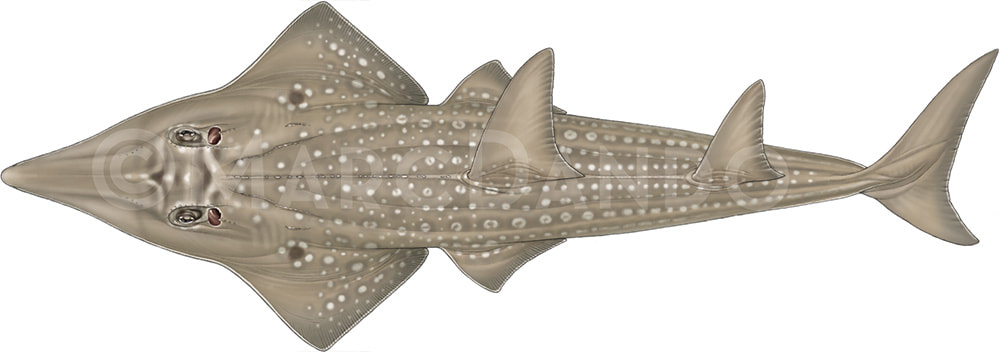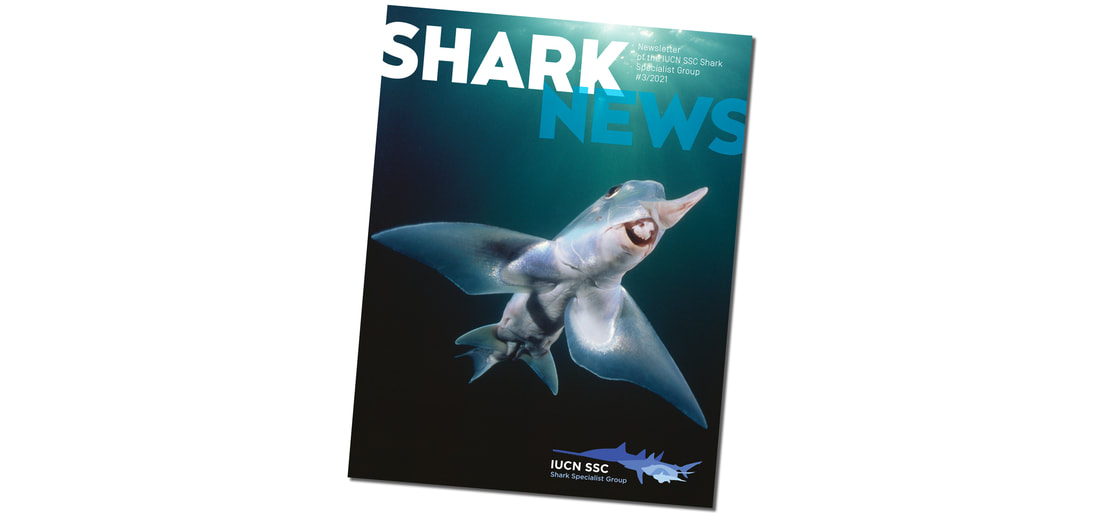Convention on Migratory Species Sharks MOU
and Sharks*
* The term ‘shark’ refers to all species of sharks, rays, and chimaeras.
Text by Jennifer Pytka and Andrea Pauly
What is the CMS Sharks MOU?The Memorandum of Understanding on the Conservation of Migratory Sharks (Sharks MOU) is a daughter agreement under the Convention on the Conservation of Migratory Species of Wild Animals (CMS). It represents the only global instrument specifically dedicated to the conservation of migratory species of sharks. The MOU was concluded in 2010 and is legally non-binding; rather, Signatories have committed politically to its implementation. As of June 2021, the Sharks MOU has been signed by 48 States, the European Union (EU), and 15 cooperating partners.
|
As a framework Convention, CMS operates through specialized daughter agreements established for species included in Appendix II of the Convention.
The main objective of the Sharks MOU is to “achieve and maintain a favourable conservation status for migratory sharks included in its Annex 1 based on the best available scientific information, taking into account the socio-economic value of these species for the people of the Signatories”.
There are three Annexes under the Sharks MOU:
Annex 1 Species covered by the Sharks MOU
Annex 2 Regions and Advisory Committee representation
Annex 3 Conservation Plan
Annex 1 Species covered by the Sharks MOU
Annex 2 Regions and Advisory Committee representation
Annex 3 Conservation Plan
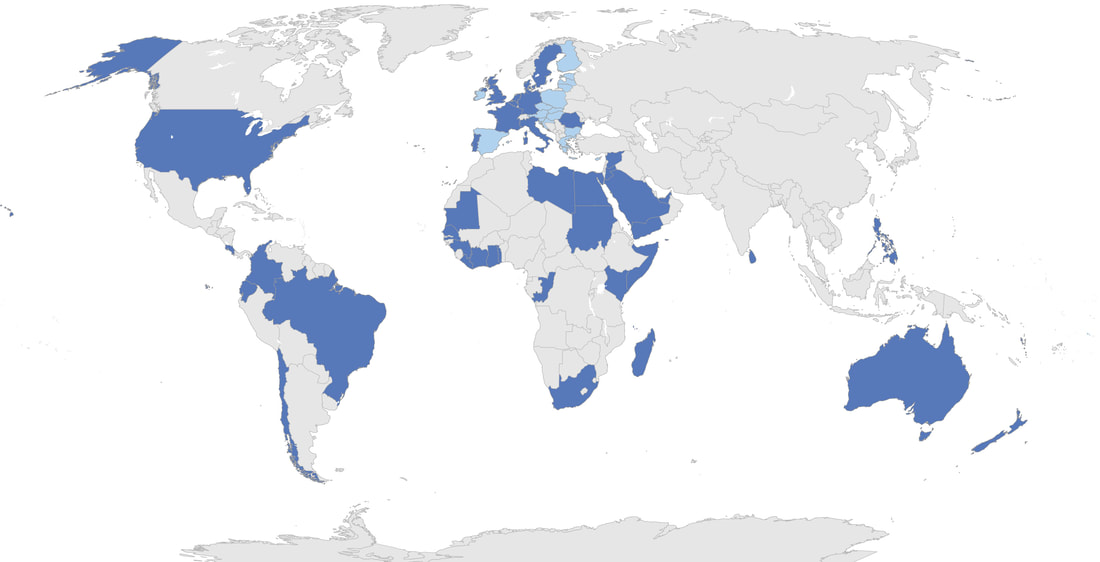
Map showing all Signatories to the CMS Sharks MOU. Dark blue indicates countries that
have individually signed the agreement, light blue indicates member states of the EU, which signed the agreement as a block (as of June 2021).
Source: CMS Sharks MOU Secretariat
Credit: World with Countries - Blue (WRLD-EPS-02-4006) basemap – Copyright © Free Vector Maps | Striped Candy LLC
What are the criteria for listing species on the Sharks MOU ?
Sharks listed on Appendices I and II of the mother Convention, CMS, are not automatically included in Annex 1 of the Sharks MOU. Still, they will be automatically considered by the Sharks MOU Signatories for inclusion at their meetings. However, Signatories should prohibit the taking of CMS Appendix I-listed species.
Taking refers to taking, hunting, fishing, capturing, harassing, deliberate killing, or attempting to engage in any of the stated conducts.
In line with the criteria for the inclusion of species in CMS Appendix II, Annex 1 of the Sharks MOU shall list migratory species which have unfavourable conservation status and which require international agreements for their conservation and management, as well as those which have a conservation status which would significantly benefit from the international cooperation that an international agreement could achieve.
Further to the definition of “migratory” under CMS, the Sharks MOU identifies four different categories of migratory behaviour, from wide-ranging migration to short distances:
- Large scale migration (or highly migratory): Those species whose migrations extend over the scale of oceanic basins, encompassing national waters and high seas.
- Regional migration: Those species whose migrations extend over the scale of regional (often shelf) seas, although a small proportion of the population may make longer distance movements, including excursions into oceanic basins.
- Sub-regional migration: Those species that migrate over smaller spatial scales but with clear evidence of cyclical and predictable migrations across jurisdictional boundaries.
- Smaller scale coastal migration (or non-migratory): Those species that are generally site specific or make only shorter migrations.
Amendments to Annex 1 should be assessed by the Signatories at each Meeting of the Signatories (usually every three years), where decisions are made by consensus on whether to include new species or remove species from Annex 1.
How are species protected under the Sharks MOU?
Provisions of the Sharks MOU apply to all species listed in Annex 1. The Sharks MOU requires that sharks be managed to allow for sustainable harvest where appropriate through conservation and management mea-sures based on the best available scientific information. Signatories should also consider enacting legislation to prohibit shark finning.
Finning: Practice of removing any of the fins of a shark (including the tail) while at sea and discarding the remainder
of the shark at sea.
of the shark at sea.
Signatories have decided that the Sharks MOU shall not manage fisheries but should instead collaborate with and work through competent fisheries bodies. Recognizing this, Signatories should promote cooperation and information-sharing and engagement with relevant stakeholders, including Regional Fisheries Management Organizations (RFMO) and the United Nations Food and Agriculture Organization (FAO). This includes sharing technical and scientific information to develop best practice guidelines for stock assessments, monitoring and enforcement, and bycatch mitigation measures.
Signatories should record species-specific data, including catches and discards, and are encouraged to implement conservation measures such as the FAO International Plan of Action for Conservation and Management of Sharks (IPOA-Sharks). Signatories are encouraged to develop their own National Plan (NPOA-Sharks) and encourage other States to sign the Sharks MOU.
As set out in Annex 2, representatives from various regions (Africa: 2; Asia: 2; North America: 1; Europe: 2; Oceania: 1; South, Central America & the Caribbean: 2) form the Advisory Committee. These representatives provide expert advice to the Secretariat and Signatories concerning the implementation of the Sharks MOU, analysis of scientific assessments, and recommendations on the conservation status of Annex 1-listed species.
Signatories have also agreed a comprehensive Conservation Plan (Annex 3) for Annex 1-listed migratory sharks, which is based on five main objectives:
In implementing the measures given in the Conservation Plan, the Signatories should apply widely, both an ecosystem and a precautionary approach. Lack of scientific certainty should not be used as a reason for postponing measures to enhance the conservation status of sharks.
Signatories should record species-specific data, including catches and discards, and are encouraged to implement conservation measures such as the FAO International Plan of Action for Conservation and Management of Sharks (IPOA-Sharks). Signatories are encouraged to develop their own National Plan (NPOA-Sharks) and encourage other States to sign the Sharks MOU.
As set out in Annex 2, representatives from various regions (Africa: 2; Asia: 2; North America: 1; Europe: 2; Oceania: 1; South, Central America & the Caribbean: 2) form the Advisory Committee. These representatives provide expert advice to the Secretariat and Signatories concerning the implementation of the Sharks MOU, analysis of scientific assessments, and recommendations on the conservation status of Annex 1-listed species.
Signatories have also agreed a comprehensive Conservation Plan (Annex 3) for Annex 1-listed migratory sharks, which is based on five main objectives:
- Improving the understanding of migratory shark populations through research, monitoring and information exchange;
- Ensuring that directed and non-directed fisheries for sharks are sustainable;
- Ensuring to the extent practicable the protection of critical habitats and migratory corridors and critical life stages of sharks;
- Increasing public awareness of threats to sharks and their habitats, and enhancing public participation in conservation activities; and
- Enhancing national, regional, and international cooperation.
In implementing the measures given in the Conservation Plan, the Signatories should apply widely, both an ecosystem and a precautionary approach. Lack of scientific certainty should not be used as a reason for postponing measures to enhance the conservation status of sharks.
Which species are covered by the Sharks MOU?
There are currently 37 shark species listed on the CMS Sharks MOU. The following table provides information on each of these species along with the year of listing in Annex 1.
|
1 indicates that the taxonomy of these species has changed since they were listed, and changes have been made to their scientific names. For example, the genus Manta is no longer considered valid and has changed to Mobula; Mobula japanica is a synonym of Mobula mobular; Mobula eregoodootenke is now known as Mobula eregoodoo; and Mobula rochebrunei is believed to be an invalid species.
|
Shark species listed on CMS Sharks MOU
Ray species listed on CMS Sharks MOU
Further reading
- CMS, Convention Text, 23 June 1979, available at cms.int/en/convention-text
- CMS, Appendices I and II of the Convention on the Conservation of Migratory Species of WildAnimals (CMS), 22 May 2020, cms.int/en/species/appendix-i-ii-cms
- CMS Sharks MOU Website, available at cms.int/sharks/
- CMS Sharks MOU, Modifying the Species List (Annex 1) of the MOU, 14 December 2018, CMS/Sharks/Outcome 3.2, available at cms.int/sharks/en/document/modifying-species-list-annex-1-mou-3
- CMS Sharks MOU, MOU Text, December 2019, available at cms.int/sharks/en/page/sharks-mou-text
- FAO, The International Plan of Action for the Conservation and Management of Sharks, 1999, Food and Agricultural Organisation, Rome, available at fao.org/3/x3170e/x3170e.pdf

